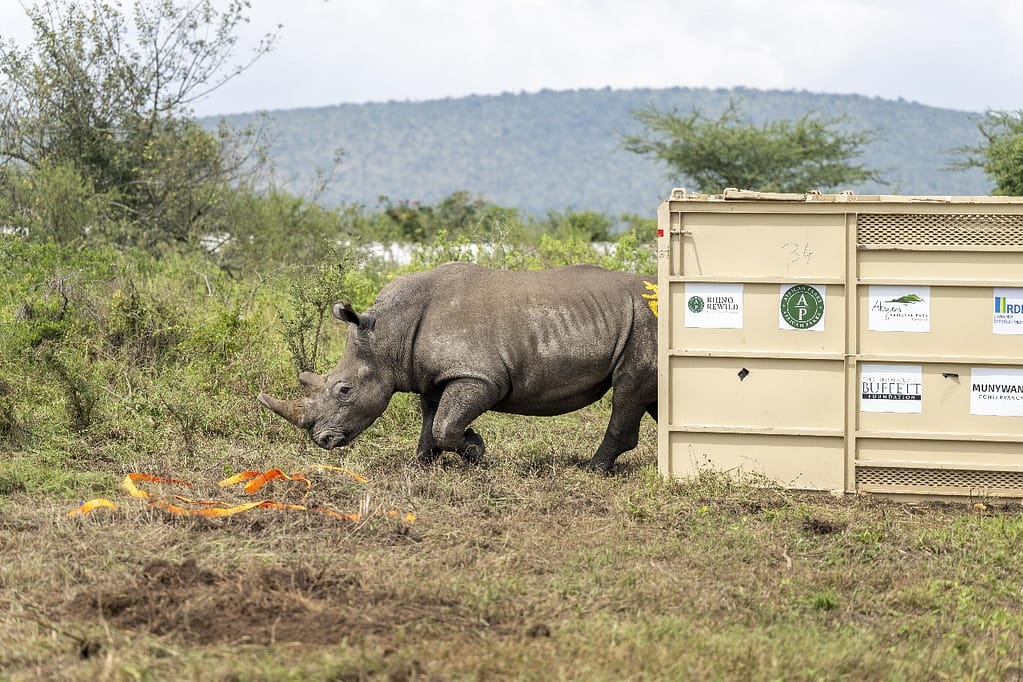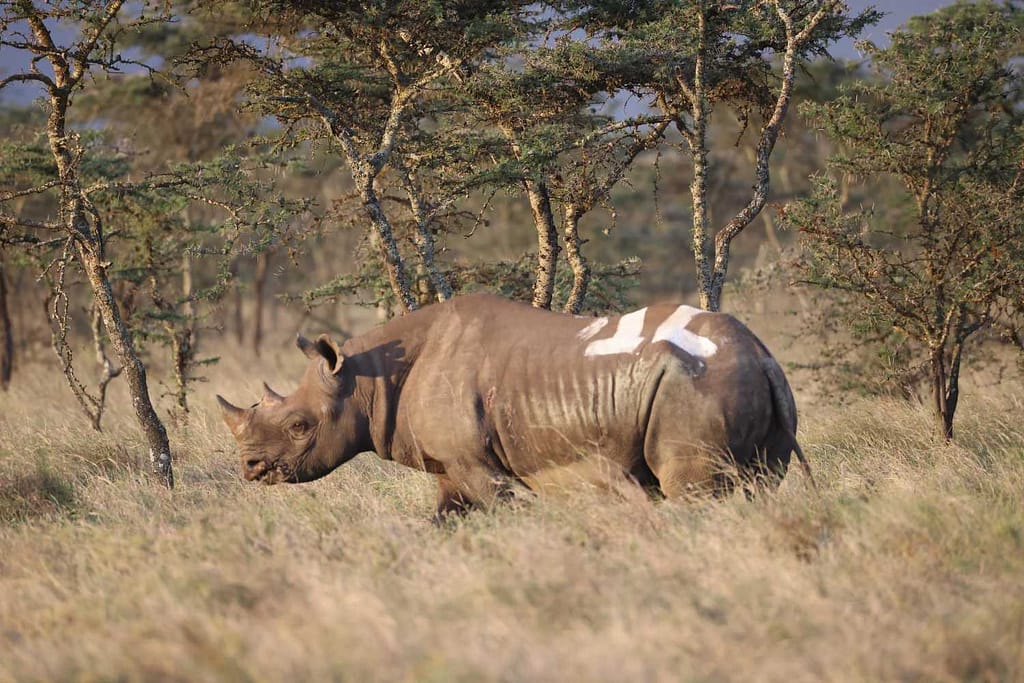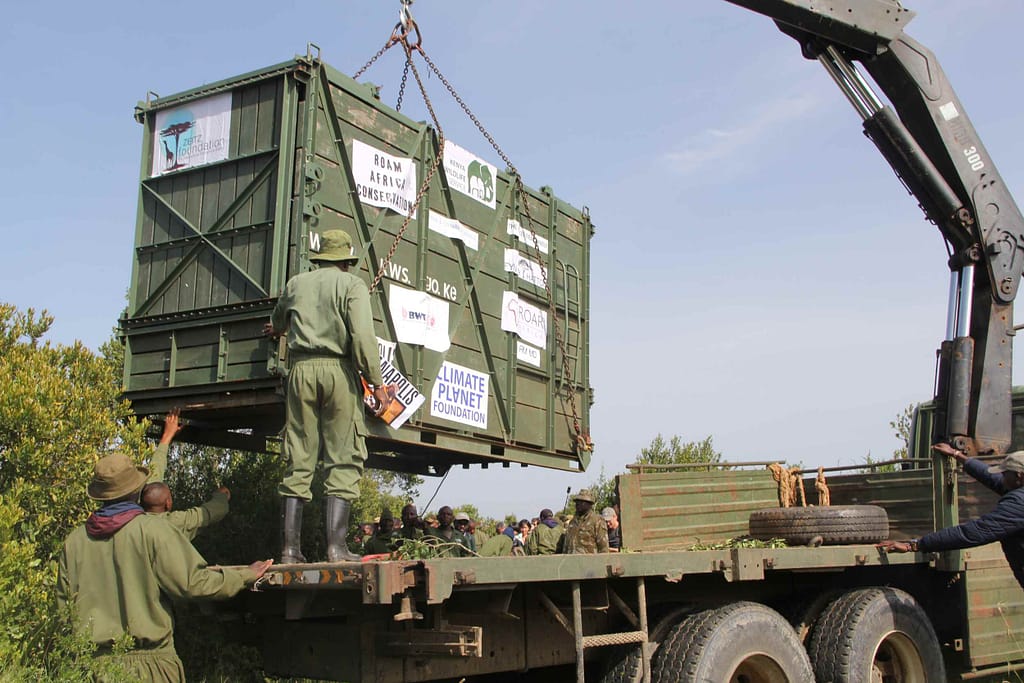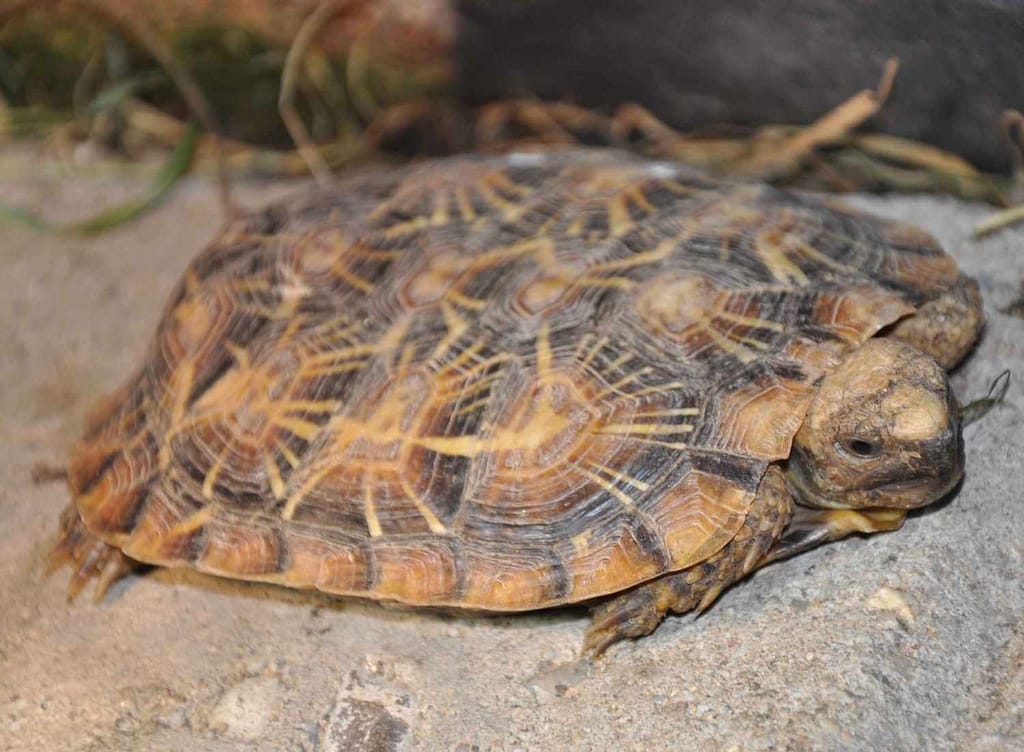Posted inWildlife
Renowned Primatologist Jane Goodall Dies Aged 91
Dame Jane Goodall, the groundbreaking British primatologist whose intimate observations of chimpanzees revolutionized our understanding of animal behavior and ignited a global movement for conservation, passed away on October 1, 2025, at the age of 91.











